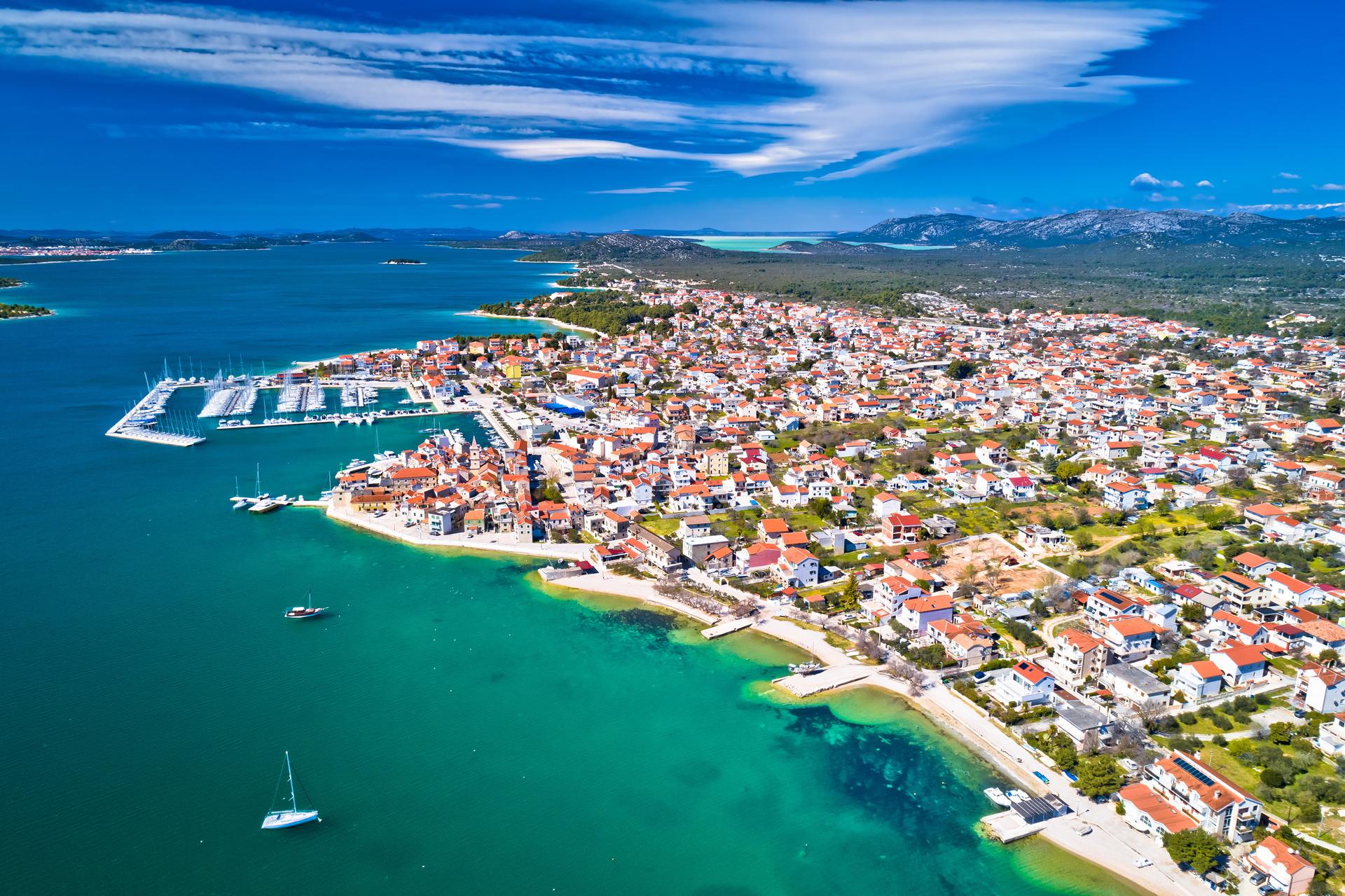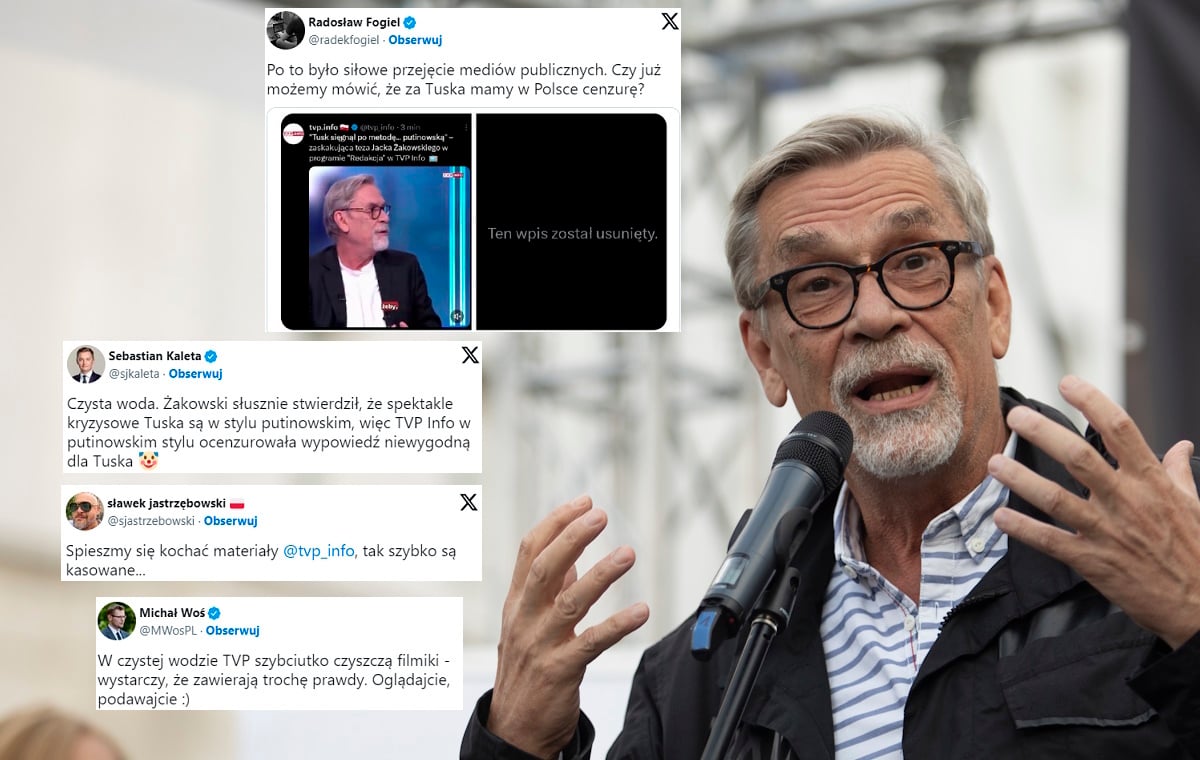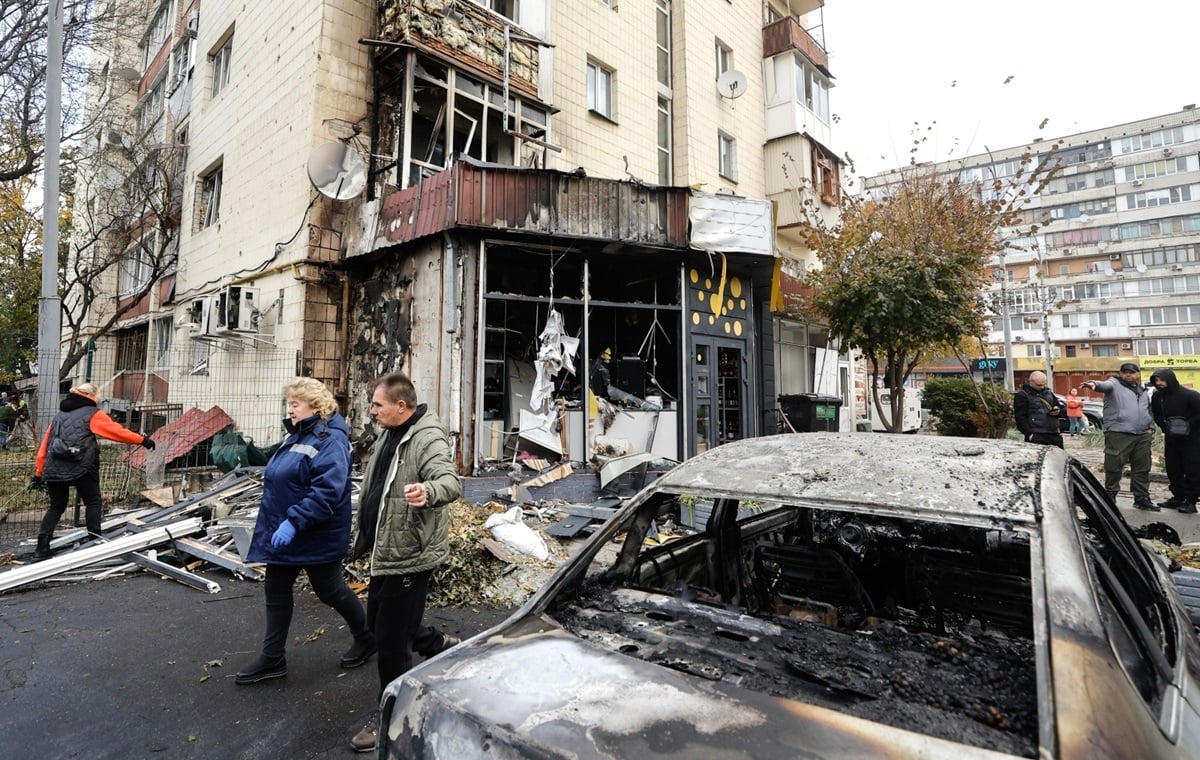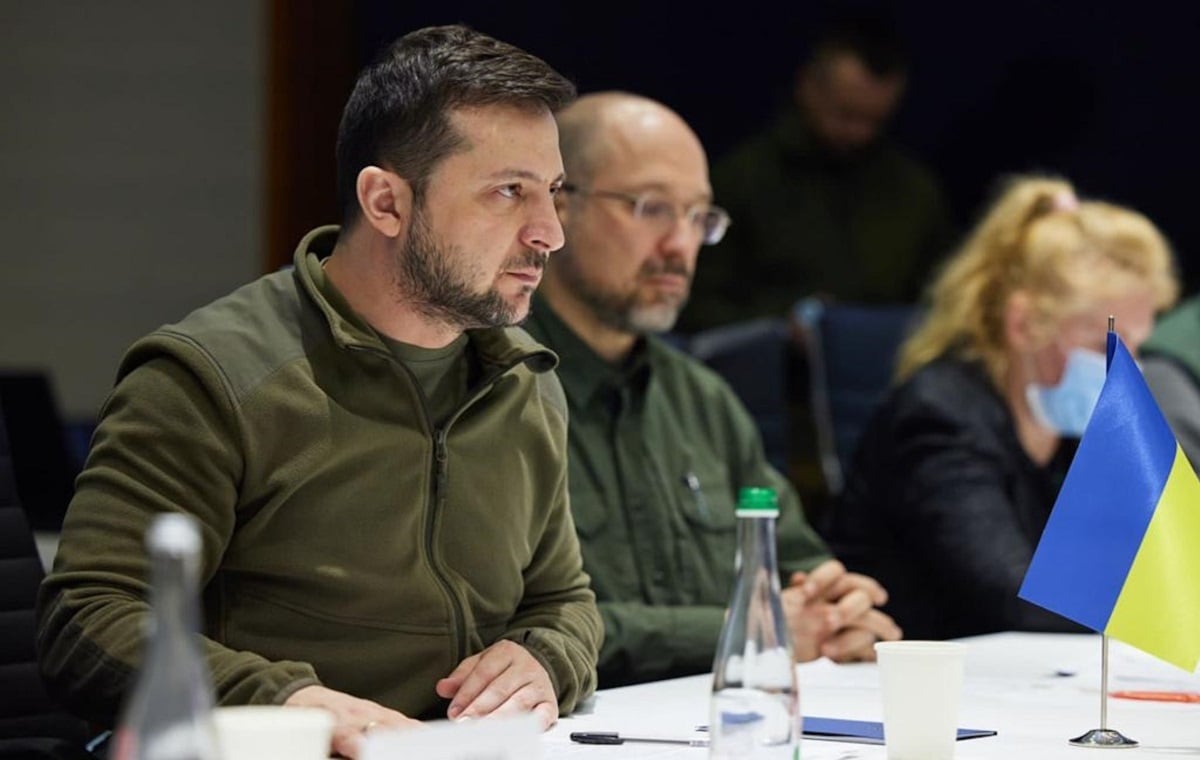2023 holidays in Croatia this time we will settle on the euro. On January 1, the country on the Adriatic Sea joined the euro area. Those who haven’t had time to exchange their current currency can pay in kuna for another two weeks, then exchange up to one hundred notes and coins at any post office or bank without any commissions. With the arrival of 2023, Croatia also joins the Schengen area, meaning the end of passport controls and checks on the EU’s internal borders.
2023 holidays in Croatia. What currency?
Since 1 January 2023, Croatia has become the 20th member of the euro area. However, martens are not going to completely disappear from the wallets of Croats and tourists. The 1 euro coin features an animal image which gives the current currency its name. The one euro coin also features a map of Croatia, a chess board (i.e. Croatia’s national symbol), and some letters of the Glagolitic alphabet – the oldest alphabet used to write the Slavic language. Poles who like to spend their holidays in Croatia are afraid that, following the example of Slovakia and Lithuania, the prices for holidays on the Adriatic Sea will be much higher than they are now. Information appears on popular internet forums that this is the end of cheap holidays in Croatia. – Well, hard, next year I will vote for Albania – wrote Internet user Adam. There are many more such entries. Croatia was more optimistic and explained that tourists have been paying mostly in euros for a long time, now they will avoid currency conversion fees.
Euros in Croatia. Until when can I pay in kuna and what is the conversion rate?
Croatia officially entered the Eurozone on January 1, 2023, but there is a transition period until January 15. During this time, you can pay in both currencies at retail outlets, restaurants and other places of business. After January 15, Martens and Limes are no longer honored. Until the end of 2023, Croatian citizens can exchange kuna for euros free of charge. The exchange rate is fixed at 7.5345 kuna for 1 euro.
Croatia says goodbye to its currency. What is the history of the marten?
Croatia’s current currency – kuna – refers to medieval times, when paying with hunted kuna skins was common. The image of a predator already appears on the first Croatian coin – the banyan dinar. Kuna was introduced after the creation of the Independent State of Croatia during World War II. When the communist authorities incorporated Croatian lands into the Federated People’s Republic of Yugoslavia, the new currency became the Yugoslav dinar. After the country’s proclamation of independence, the Croatian dinar was in use for three years, which was replaced in 1994 by the kuna. It should be noted that kuna is divided into 100 lipa. Linden and kuna have the same meaning in Polish and Croatian. The National Bank of Croatia explains that during the country’s Habsburg rule, it was a popular custom to plant linden trees near commercial squares. Trees are also ubiquitous in Croatian folklore, hence the name for the hundredth marten.
Dance with promotion 29/12/2022

“Reader. Future teen idol. Falls down a lot. Amateur communicator. Incurable student.”


![Bogusław Wołoszański: “Achieving nuclear weapons would be the beginning of World War III” [WYWIAD]](https://storage.googleapis.com/bieszczady/rzeszow24/articles/image/877236c0-66fd-457a-9eb4-41792f9077ff)




